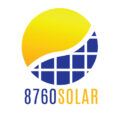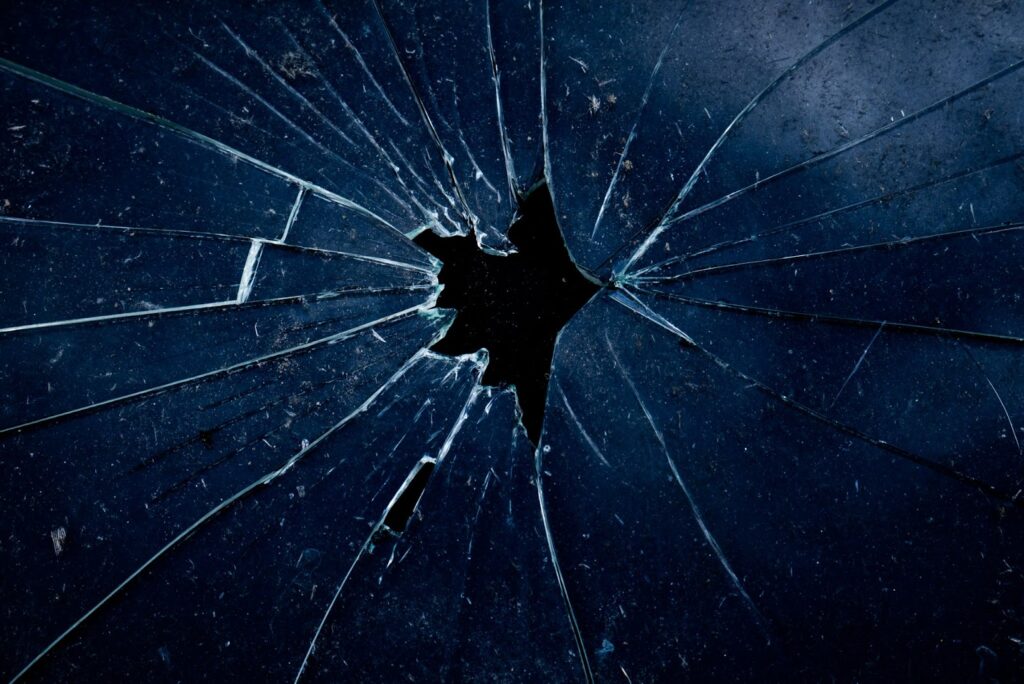
A broken solar panel can pose a serious risk, but the good news is that they don’t break very often due to their ultra-durable construction and materials.
Still, you should know the reasons why they break, how to help prevent breakages, and what to do if it happens.
In this article, we go in-depth on the subject.
In a Nutshell
- Solar panels are incredibly durable and resilient, and they do not break often.
- Common causes of solar panel damage are falling objects, thermal stress, and micro-cracks and scratches.
- A broken solar panel may continue to work, albeit at a reduced efficiency.
- Broken solar panels pose a serious fire and safety risk and must be removed and replaced.
- Some companies can fix broken solar panels, but this is costly.
- To replace a broken solar panel, contact your solar developer – do not attempt to do it yourself.
- Proper care, maintenance, and regular inspections can help prevent your solar panels from breaking.
Do Solar Panels Break Often?
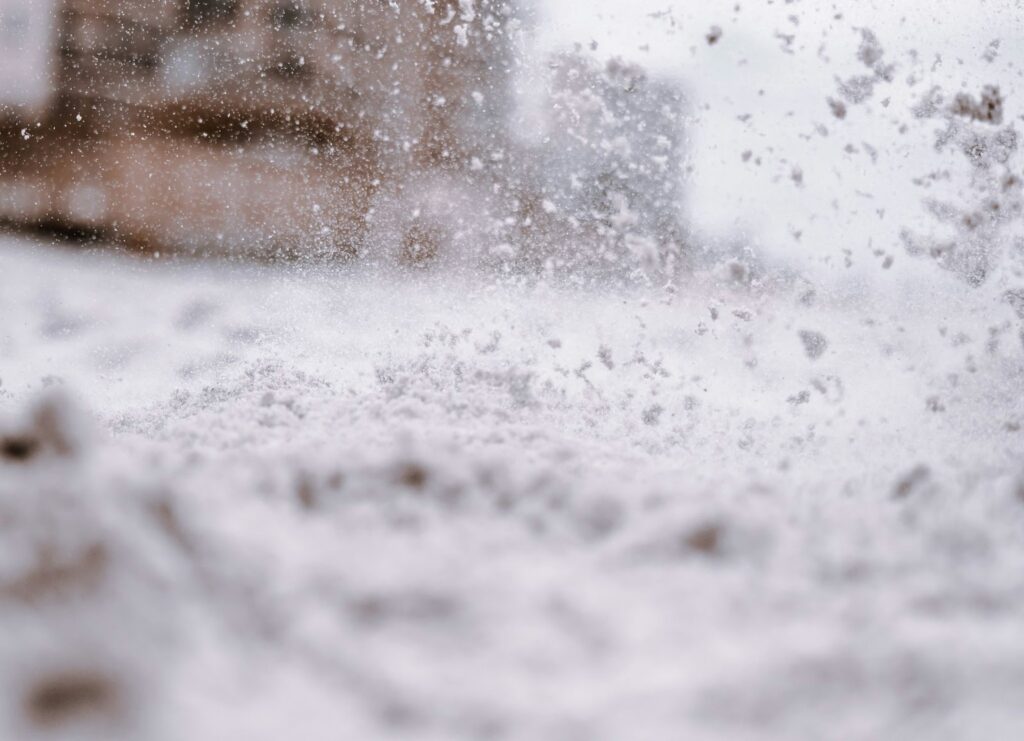
The quick answer to this question is no. Solar panels do not break often, and they are designed to be extremely durable and hardy. In fact, some solar panels that were installed in the 80’s are still operating!
Even during extreme weather events, solar panels will hold up extremely well.
In 2017, Denver was hit by a massive hailstorm. The hail stones were about the size of a golf ball and destroyed countless roofs, windows, and cars.
The storm also passed over the National Renewable Energy Lab in Golden. This site is home to 3,168 solar panels, so naturally, it was assumed that the storm would have caused great damage. In the aftermath, it was discovered that just one single solar panel out of over 3,000 was broken!
This was a true testament to the solar panel’s ability to withstand just about anything.
The strength of a panel does depend on the quality of the brand, but you can generally expect solar panels to be able to tolerate:
- Winds of up to 140 mph (category four hurricane)
- A snow load of at least 5,000 pascals or up to four feet of snow (remember, due to their tilt, snow easily slides off solar panels)
- Hailstones from 1 – 3 inches in diameter
8760 Solar uses Trina solar panels that surpass everything noted above. For example, they can tolerate egg-sized hailstones delivered at a constant speed of 60 mph.
This shows that even in areas where extreme weather is commonly experienced, solar panels can hold their own.
How Do Solar Panels Break?
While it’s rare to experience a broken solar panel, they do still break on occasion.
The most common reason for a breakage is damage sustained by an object, such as a falling tree branch. In high winds, debris with sharp corners and edges (like a piece of sheet metal) may be picked up and slammed into the panel’s surface.
This can cause obvious breakage, such as smashed glass and for the panel to cease operating entirely.
Thermal Stress
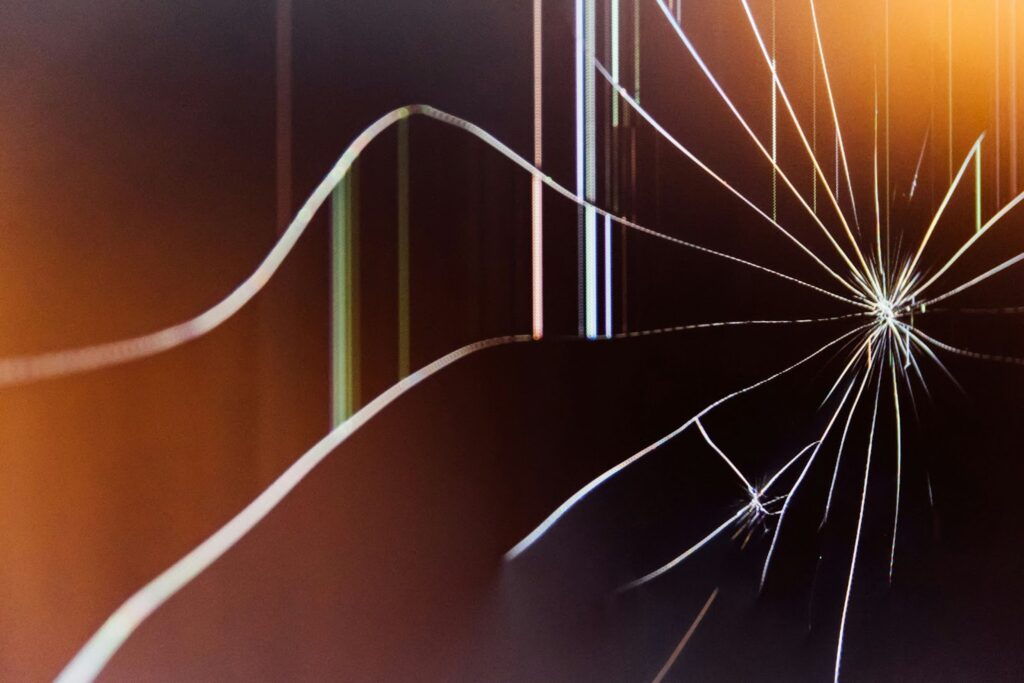
Another cause for breakage is something called “thermal stress,” and you may have experienced it before without realizing it.
Thermal stress is when something suddenly goes from hot to cold. A common example is when you take a glass from a hot dishwasher and rinse it under a cold faucet. The stress caused by this sudden temperature change causes the glass to shatter.
The same goes for solar panels.
If you are experiencing hot weather, you must never douse them with cold water to clean them during the day because the stress may cause them to crack.
The best way to prevent this is to clean your solar panels only during the cooler months. If it’s the height of summer and you absolutely have to clean your panels, then do so during the night when the temperature has cooled somewhat.
Surface Scratches
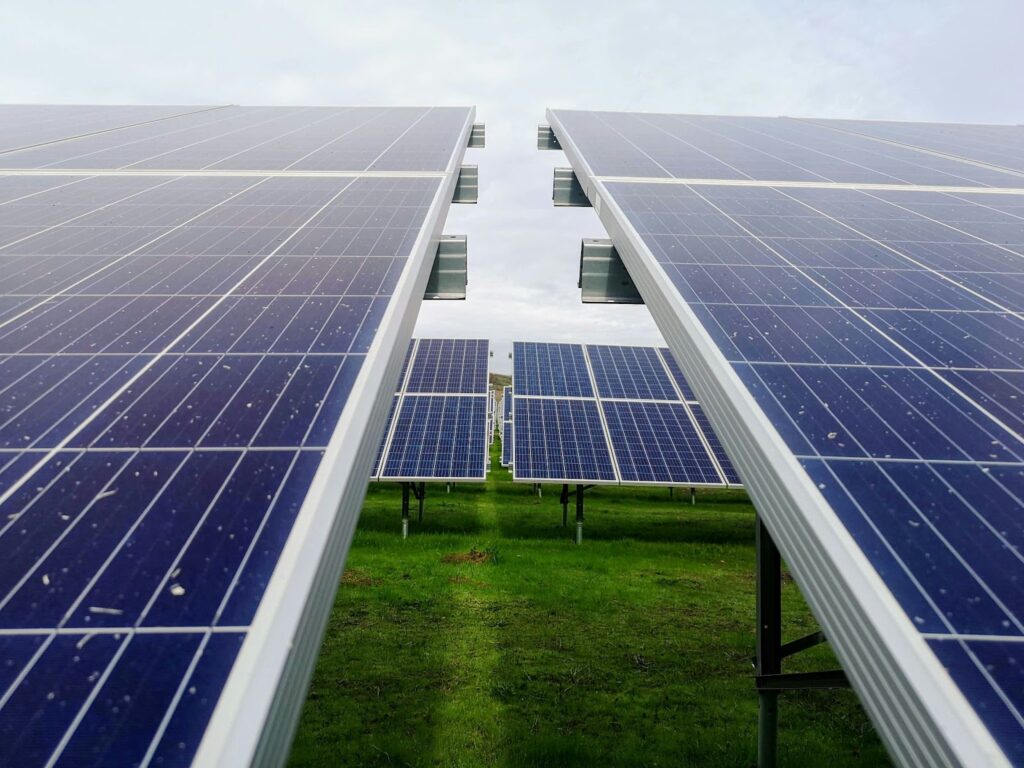
The tempered glass that encases the photovoltaic cells is mighty strong, but it’s not invincible. It might take a great deal to crack the glass, but it takes less to scratch its surface.
Over time, debris, dirt, and other fallen objects can create surface scratches that gradually build up. One or two scratches won’t cause a problem, but once they start to build up, they can hinder the panel’s ability to harvest the light.
Think of your cell phone screen. A few scratches won’t affect your ability to use it, but if you keep on scratching it, the screen will no longer be properly visible. In this case, it’s necessary to replace either the phone or the screen.
Where a solar panel is concerned, once it gets so scratched it no longer performs, you must replace the entire thing.
One of the best ways to prevent scratches from occurring is to regularly clean the surface of your solar panels with water. This stops dirt from accumulating, which is when scratches can easily occur.
Also, keep the surrounding vegetation down. Trimming nearby branches and climbing plants will stop them from arriving on the solar panels and causing damage.
Micro-Fractures
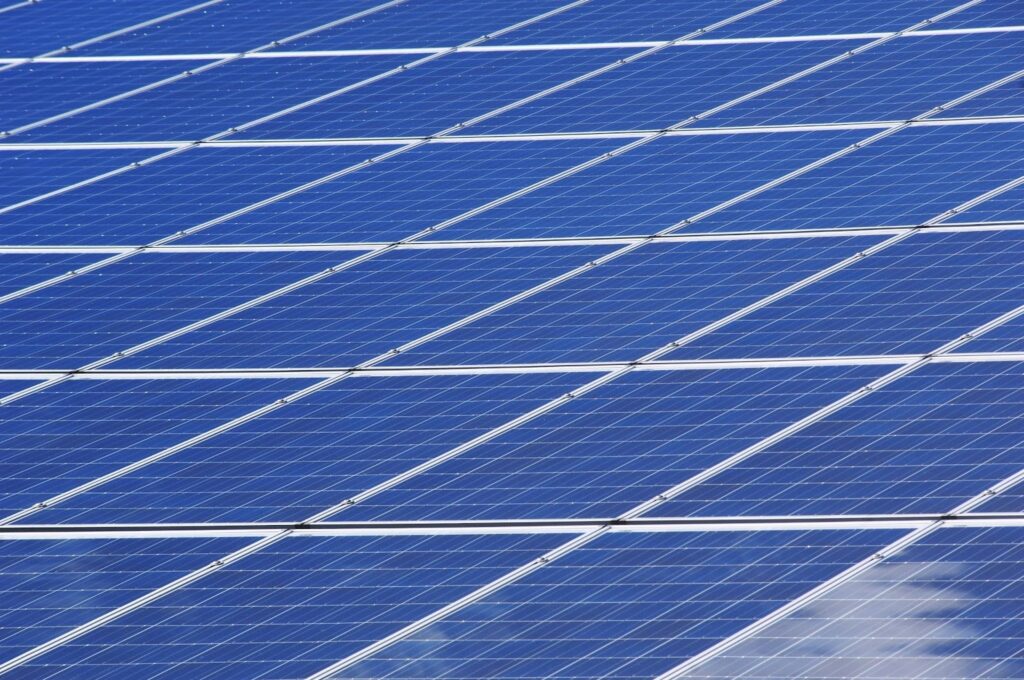
Micro-fractures are also something to be aware of. These are tiny, imperceptible cracks in the solar cells that are caused by a number of things, including:
- Poor manufacturing processes
- Insufficient packaging and transportation methods
- Careless handling of the panel during installation
- Stepping on or bumping the panel on the ground
- A twisted mounting frame
- Thermal cycling
- Extreme weather
Micro-cracks might not present a problem initially, but over time, the cracks can expand and worsen, causing the panel to drop in efficiency.
Unfortunately, because micro-cracks are impossible to detect with the human eye, there is no way for you to know if your solar panel has them or not.
A process called electroluminescence (EL) or electroluminescence crack detection (ELCD) testing can be performed before and after the solar panel is laminated. However, this is something the manufacturer has to do – it’s not something you can perform yourself.
Most reputable manufacturers will carry out this testing, but be aware that not all do. When getting your panels installed, be sure to pick one that can guarantee high quality.
For example, Trina Solar consistently produces high-quality solar panels without any micro-cracks present.
Will a Broken Solar Panel Still Work?
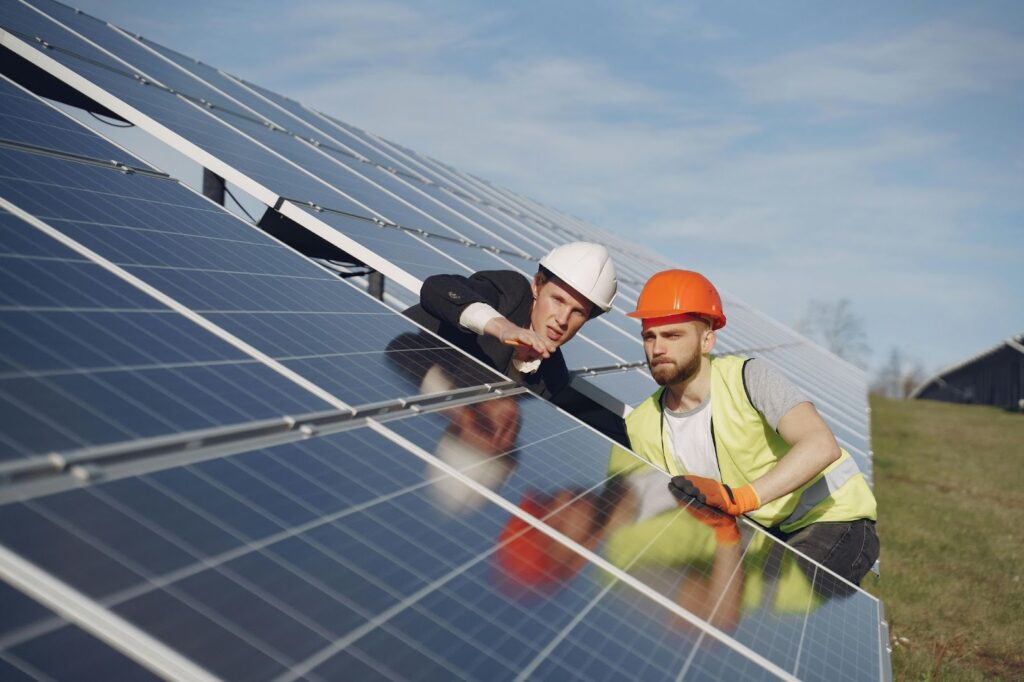
A broken solar panel can still work perfectly fine. Even a panel with several cracks can still operate without any loss of efficiency. However, just because it still works, it doesn’t mean you can leave it be. While it may generate power for you, it can also pose a serious safety risk.
The key problem is that cracks on a solar panel will begin to let in water. Since a solar PV system contains a lot of electrical components, a water leak can create a dangerous problem.
By degrading the electrical components, water increases the chance of your solar panels catching fire and raises the risk of electrocution. Or, it may create a surge that damages the rest of the array. Or, in the best-case scenario, it can just stop your PV system from working entirely.
Efficiency Drop
In many instances, a broken solar panel will cause a drop in efficiency. This may be gradual or sudden, depending on the amount of damage.
For example, micro-cracks are very likely to create a gradual decline in efficiency.
As the cracks worsen over time, they will knock out PV cells one by one. Most solar panels have around 60 cells, so if a couple go out of action, there won’t be much of a decline in efficiency, but as more get knocked out, your solar panel will start to become inefficient.
This means you may not notice damage and its effects – particularly where micro-cracks are concerned – until much further down the line.
On the other hand, a smashed surface will likely cause a sudden drop in efficiency and you will likely notice it right away on your subsequent energy bill.
Can Solar Panels be Repaired?
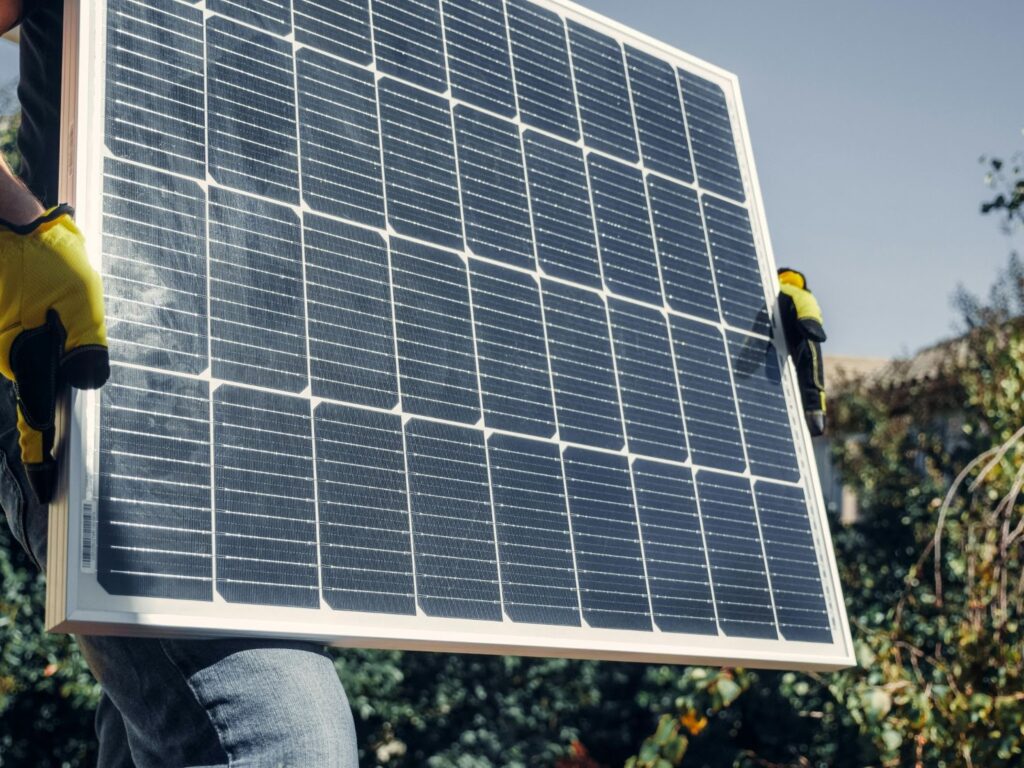
In most cases, it’s not possible to fix solar panels. To maintain safety standards, it’s generally necessary to remove the broken solar panel and replace it with a new one.
There are solar panel repair companies operating in the US. Trained technicians are capable of replacing the glass and repairing the outer components. However, in many instances, the cost of solar panel repairs winds up just as much as it would be to simply get a new panel installed.
The general rule of thumb is that broken or scratched glass can be replaced if it hasn’t caused any further damage to the solar panel. Any damage to the inner components requires the solar panel to be replaced.
Can I Fix Solar Panel Parts Myself?
It can be tempting for DIY enthusiasts to attempt to repair solar panels themselves. This is highly inadvisable, given the number of electrical components we’re dealing with here.
Solar panels require special skills and knowledge, so we never recommend going down the DIY route to try and fix them. Leave repairing solar panels to the experts!
Crucially, unauthorized or DIY repairs can and will void any warranty you have. Should you go to make a claim after attempting to fix solar panels yourself, you’ll very likely leave empty-handed and foot the bill yourself.
Note that most warranties don’t cover accidental or incidental damage, but a self-repair attempt will still void any future valid claims.
What You Need to Do If a Solar Panel Breaks
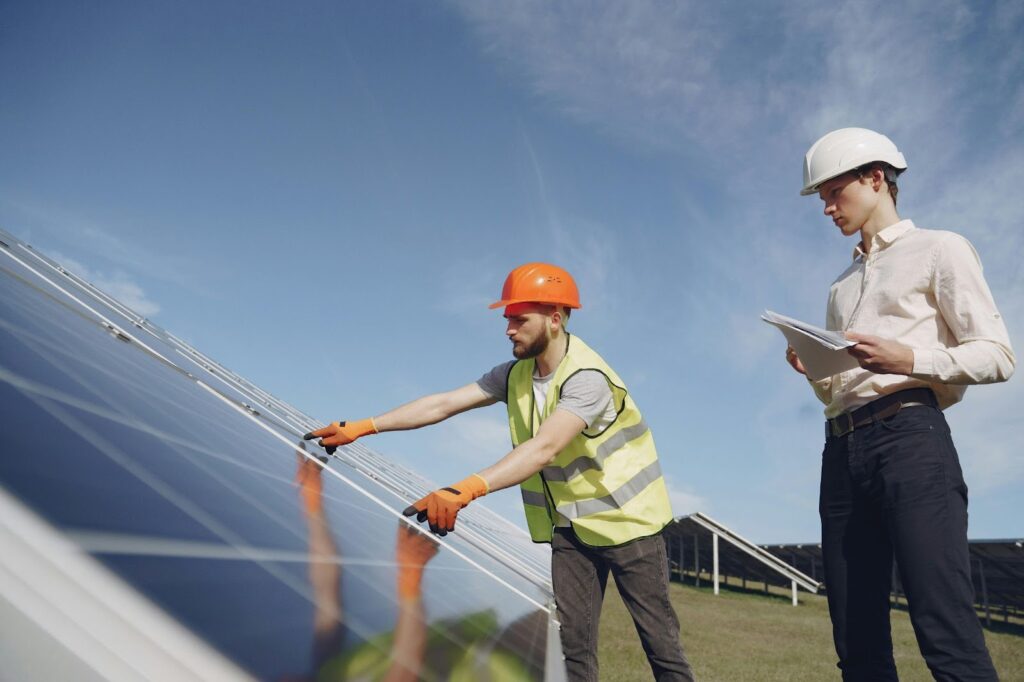
If you can see that your solar panel is broken or suspect it may be broken, the first step is to get in touch with your solar developer.
They can send an expert to evaluate your solar panel and determine the next course of action. They will also advise you on how to get your solar PV system operational again (minus the broken panel) and let you know how much the repairs or replacement will cost.
A broken solar panel that cannot be repaired will have to be taken away for recycling. Whatever you do, do not throw it in a landfill or dump it anywhere. Solar panels contain harmful or toxic elements that can cause environmental damage if they leach into the ground.
Your solar developer will be able to advise you on where to take the broken solar panel for recycling.
How to Prevent Solar Panel Breakages
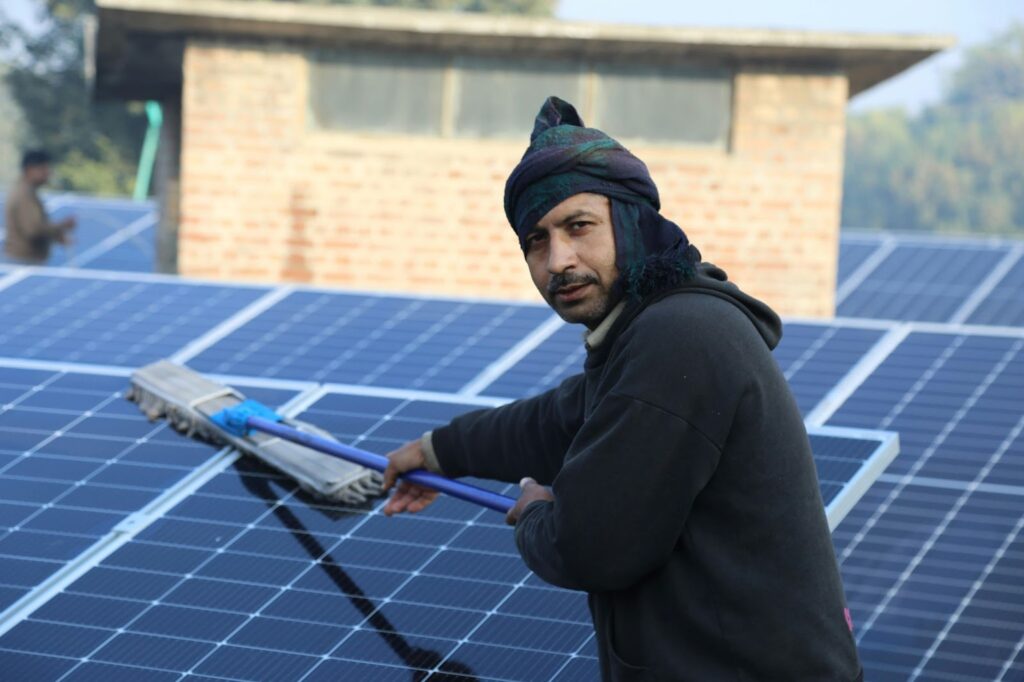
Okay, so you won’t be able to prevent a hurricane from blowing debris onto the surface of your solar panels, but there are a few things you can do to help minimize the risk of a broken one:
- Inspect your solar panels regularly.
- Clean them once or twice a year and remove any dirt and debris that may have built up.
- Keep surrounding vegetation in check. Cut down grass and plants and prune nearby trees and bushes. Cut down and remove any dead trees or tall bushes.
- Check the surrounding area and remove anything else that could damage your solar panels if picked up by strong winds.
- Get a professional bi-annual solar PV system inspection.
Get in Touch With 8760 Solar for More
If you run a farm or agricultural business and are interested in the benefits of solar energy, then we’d love to hear from you.
We specialize in providing high-quality solar PV systems to rural businesses in Colorado. It all starts with an accurate analysis of your land, and we can provide you with a quote from there.
We guide you through every step of the way and make sure that you take advantage of all the available government incentives and tax credits.
Please do get in touch, we’re happy to answer all of your questions. Text “READY” to 719 470-0254 or contact us via email at sales@8760solar.com
Frequently Asked Questions
How to Fix a Solar Panel?
In most cases, a broken solar panel cannot be fixed. Instead, it must be removed by a solar developer and replaced with a new one. If it’s possible to get the solar panel fixed, don’t attempt to do this yourself. Instead, call a company that specializes in solar repair and have them do it.
What Happens If One Solar Panel Fails?
If you have a PV system with microinverters, the rest of your solar panels will continue to operate normally if one of them fails. If your system is fitted with string inverters and one panel fails, the entire PV system will dramatically drop in efficiency or shut down entirely.
Can a Broken Solar Panel Cause a Fire?
Yes, a broken solar panel is at a much higher risk of causing a fire. This is because the broken area of the solar panel may let in water and degrade the electrical components, or cause a surge.
Are Broken Solar Panels Hazardous?
Broken solar panels may cause a hazard if they are not disposed of correctly. Solar panels contain toxic materials that can damage the surrounding environment if they become exposed and leach into the ground. Additionally, broken solar panels raise the risk of electrocution or fire.
Do Solar Panels Break Down Easily?
Solar panels do not break down easily. They are incredibly durable and have a life cycle in excess of 25 years. Over time, the solar panel will drop slightly in efficiency, but it is unlikely that it will stop working altogether.
Can You Replace a Broken Solar Panel?
Yes, you can replace a broken solar panel, and your solar developer can do this for you. Do not leave a broken solar panel in place – arrange to get it replaced as soon as possible since a damaged panel can pose a safety risk.
What Does a Damaged Solar Panel Look Like?
If a solar panel is visibly damaged, you will likely see cracks along the surface of the glass. Micro-cracks are not visible to the human eye but can damage a solar panel beyond repair. If your solar panel has suffered damage from micro-cracks, you will be able to tell by the drop in efficiency rates.
